
This Wearable App Uses AI To Detect Emotions With Amazing Accuracy
Researchers at MIT have built a smartwatch app that can detect emotions presented through non-verbal communication, serving as a “social coach” for people with anxiety or Asperger’s.
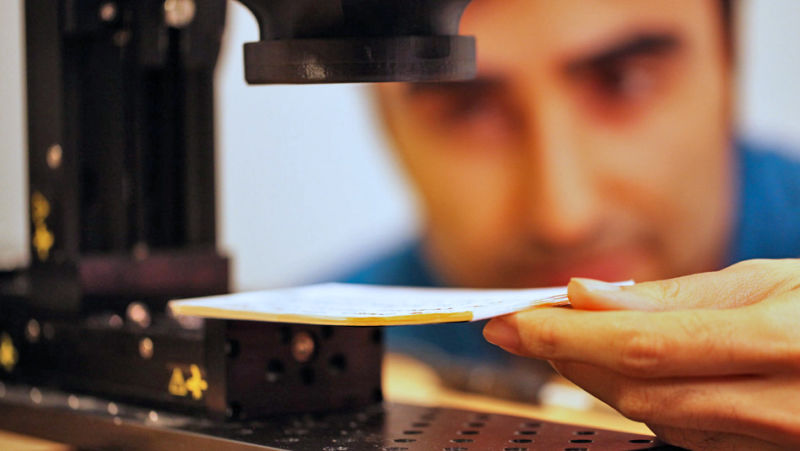
Scientists Invented A Camera That Can Read Closed Books
MIT researchers have developed a camera that has the ability to read the text on pages of a book, without it having to be open.

Your Smartphone Battery Life Could Be Doubled By 2017
A brand new type of battery - named “lithium metal” - is about to go into commercial production. The innovative cells can hold twice the power, meaning your smartphone’s battery life could effectively be doubled.

This ‘Smart’ Tattoo Remotely Controls Your Phone And Stores Data
Students at MIT Media Lab have paired up with the team from Microsoft Research to develop a temporary ‘smart’ tattoo - which can be used as a touchpad to control your smartphone, or even share data using NFC.

Researchers Create Glasses-Free 3D For Cinema Screens
Researchers at MIT have successfully managed to create a new system for glasses-free 3D cinema screens – aptly named Cinema 3D.

Science Proves Einstein's Impossible Theory. Existence Of Gravitational Waves Confirmed
Scientists have finally proved a key part of Einstein's general theory of relativity, 100 years after his prediction. The National Science Foundation, Caltech and MIT have validated the existence of gravitational waves in spacetime.

MIT teaches the Cheetah robot to jump. Humanity one step closer to extinction
Remember MIT's Cheetah robot? The one that can outrun Usain Bolt. Turns out the researchers at the university's Biometrics Robotics Lab have now upgraded the robot with new algorithms that give it the ability to detect and jump over obstacles up to 40 centimetres tall. This makes the Cheetah robot the first to jump hurdles autonomously, and the next step towards the beginning of Skynet.

Pinch, bend and tie cables to control your electronics with 'Cord UI'
The cables in your life may just be for transferring power and data right now. But The Tangible Media Group at MIT's Media Lab are looking to change that with 'Cord UI,' allowing you to control all of your devices by tangling, twisting, pinching and pulling their attached wires.
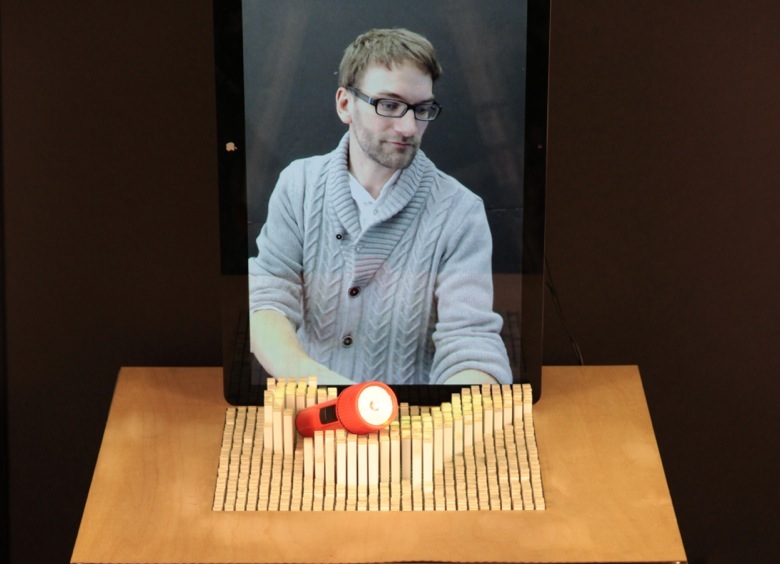
MIT Invents Shapeshifting Display. Reach Through And Touch Someone
MIT has invented and shown off a "Dynamic Shape Display," which looks prime to be the next step of a touch interface by allowing you to reach out and touch someone (or something). Called inFORM, this display can physically change shape to render 3D content, such as someone reaching through a screen, through the use of a large surface that sits on a series of pins, actuators and linkages.
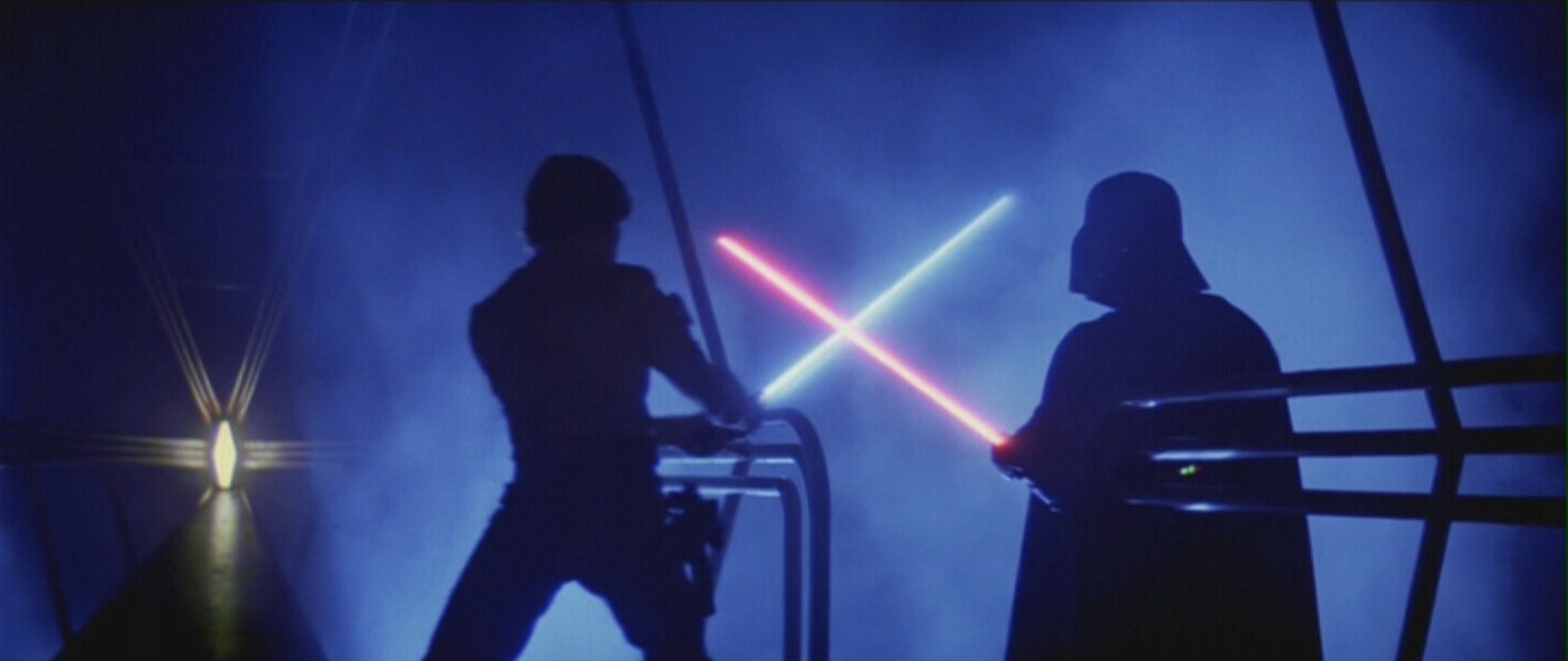
Scientists May Have Created A Light Saber. New Form of Light Binding Discovered
Star Wars is no longer science fiction. Harvard and MIT professors have discovered a new process to bind light together to create a new state of matter, which looks an awful lot like a Light Saber.
'Obake' Elastic Touchscreen Prototype Allows Literal Pinch To Zoom
We've seen touchscreen technology evolve over the years; but it has never really developed further than pressing against a flat display. However, a new prototype called 'Obake,' designed by Dhairya Dand and Rob Hemsley of MIT's Media Lab, hopes to change this with an elastic screen - bringing a literal meaning to gestures such as pinch-to-zoom.
MIT Invents Shape-Shifting Robots. Small Step Towards Real-Life Transformers
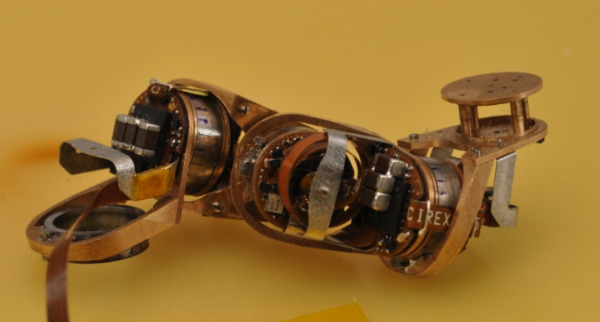
This device, known as a milli-motein, doesn’t look like much more than something you'd find in a home-workshop drawer. But this millimeter-sized set of motorized components inspired by proteins may be a harbinger of real-life Transformers, with the ability to naturally fold themselves into incredibly complex shapes.
The Infinite Jukebox: Your Favourite Song Mixed To Last Forever
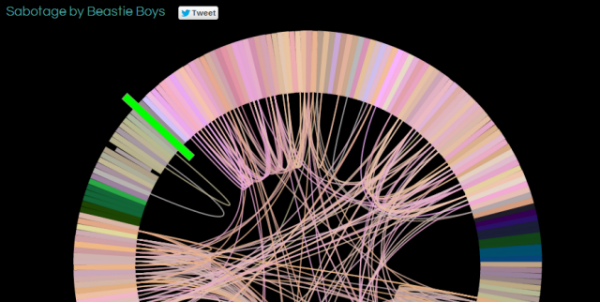
Let's be honest, we call our music tastes "diverse;" but there is always that one favourite song that deserves multiple uses of that Repeat button. The Infinite Jukebox takes this concept in a new, algorythmic direction, remixing said song to continue playing forever.
'A Slower Speed Of Light.' MIT Explores Relativity In New Game
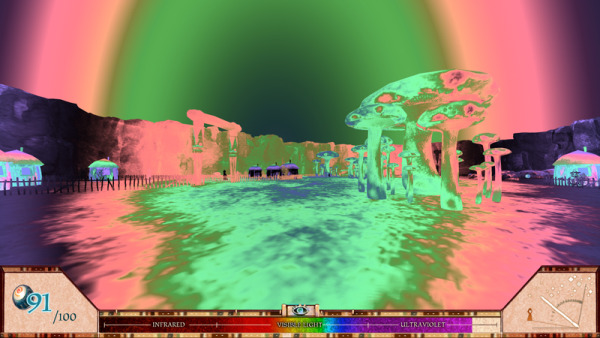
Be prepared to bend time and space, as MIT Game Lab has created 'A Slower Speed of Light', which explores Einstein's theory of special relativity by allowing the player to travel at the speed of light in a game world based on real physics.
Wearable Sensor System Creates Digital Maps In Real-Time
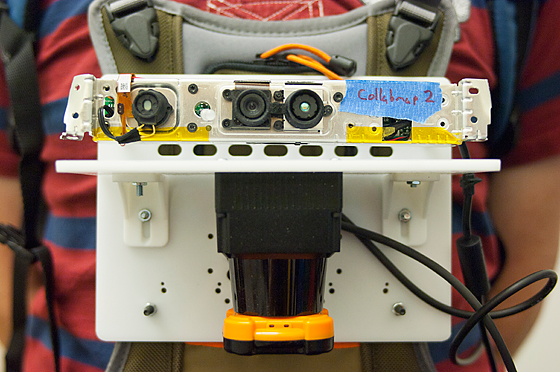
Building on previous research lending robots the ability to map their environments simply by manoeuvring itself around a building autonomously, MIT researchers have now built a portable, wearable sensor system that automatically creates a digital map in real-time using data collected from the wearer’s every move.
Genetically Engineered Muscle Cells Could Be Used To Build Organic Robots
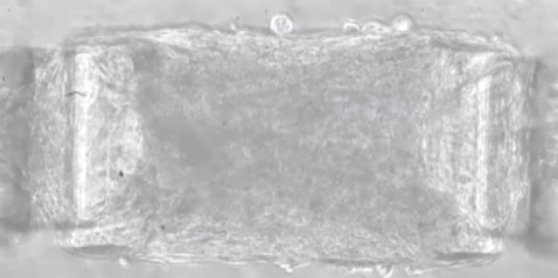
Researchers have created a set of lab-grown muscle cells, that can be remotely controlled by a set of laser pulses. This opens the door to "bio-integrated" robots in the future, which are constructed out of organic material.
MIT Scientists Are Bioengineering Bacteria To Turn CO2 Into Fuel
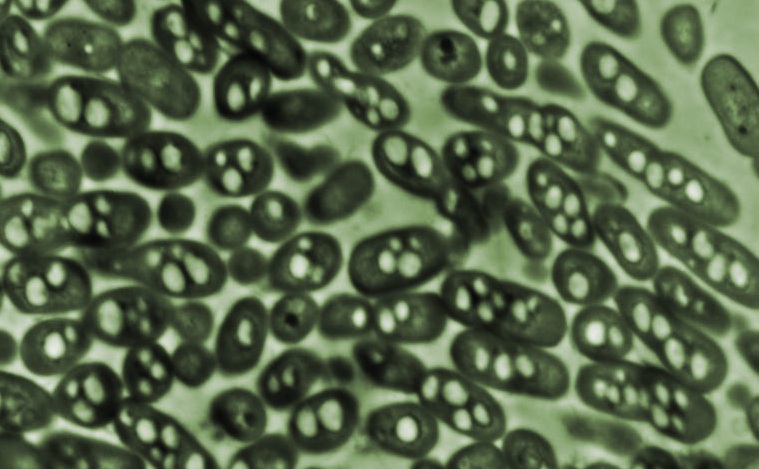
Researchers at Massachusetts’ Institute of Technology are seemingly well on their way to finding a solution to reduce CO2 emissions, all the while producing a chemical compound known as isobutanol which can used as a direct fuel replacement without modification.
Scientists Develop Glucose Fuel Cell Which Could Power Medical Implants
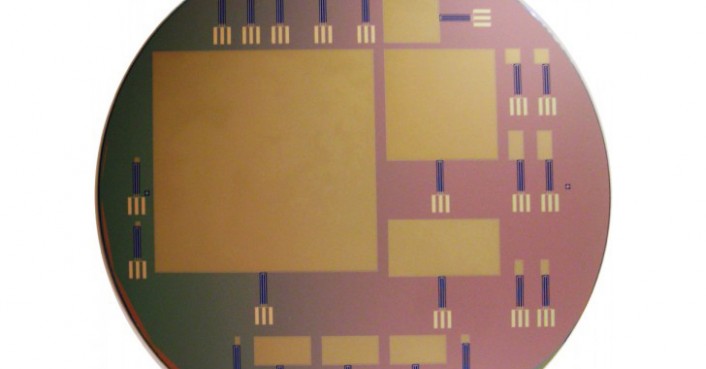
Scientists from MIT have developed a fuel cell capable of running on the same sugar that powers the human bodies’ own cells. So far, the fuel cell is capable of generating hundreds of megawatts in power and has the capacity to be able to power highly-efficient medical implants which could be used to allow paralysed patients to move their arms and legs again.
MaKey MaKey Lets You Turn Everyday Objects Into Touchpads
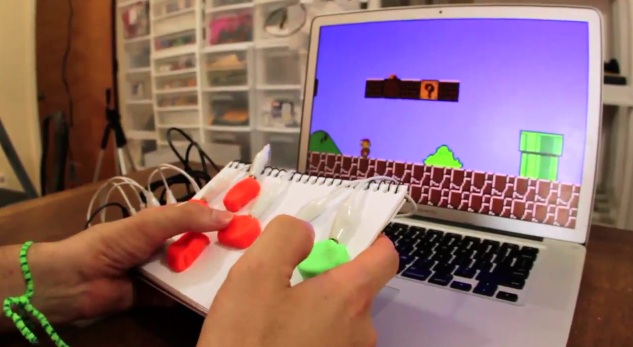
Have you ever played Super Mario Bros. with nothing more than Pay-Doh, played piano simply by walking up the stairs, or danced to Dance Dance Revolution by putting your feet into buckets of water? Led by the belief that 'everyone is an inventor', two graduate students from MIT's Media Lab have created a printed board that lets you turn everyday objects into touchpads. From bananas doubling up as keyboard keys, to pencilling in your very own joystick.
Tangible's 'Spatially Aware Display' Is A Window Into The World Of Minority Report
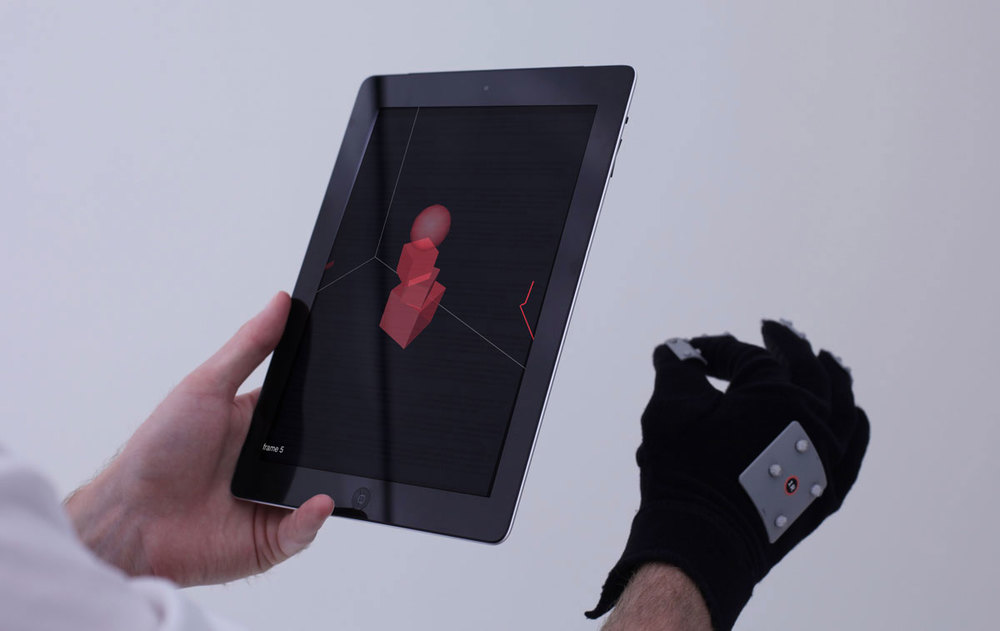
It seems however financially or culturally successful Steven Spielberg’s 2002 neo-noir science-fiction film Minority Report proved to be, the concept designers and artists behind it will feel no greater reward in that their own vision of the future is ever so slightly influencing our own path in technology. From insect robots capable of recon missions, to facial recognition advertising billboards and, yes, crime prediction software…

